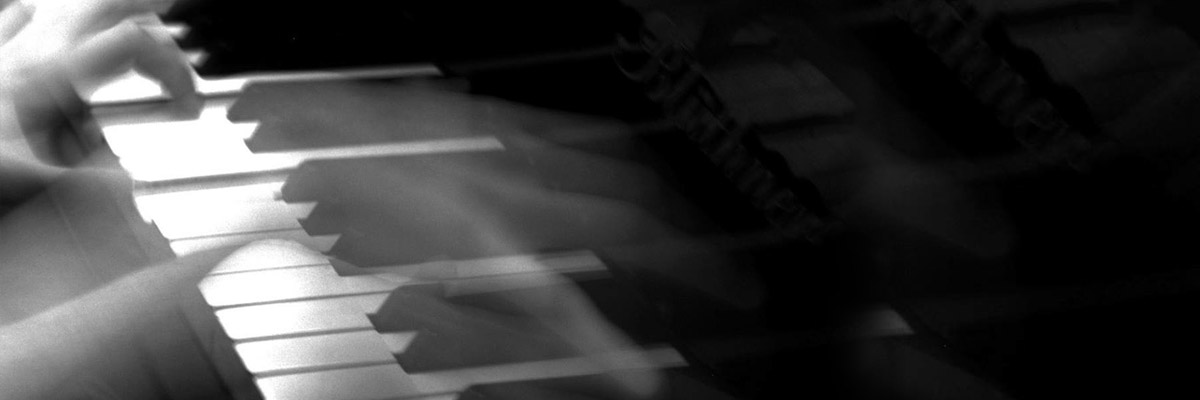Case Study: Bach Prelude and Fugue No.2 in C minor
I am currently learning this piece, and have so far come across various performance practice issues. The first is evidently the instrument used. Playing the work on a modern piano differs vastly from a keyboard of Bach’s time. Although the pianoforte had been invented by 1722, the date Book I of ‘The Well-Tempered Clavier’ was published, it did not become influential until later on in the century, and harpsichords, clavichords and even organs were more widely used.
However, since all music could be performed on any keyboard, it is safe to assume that if the modern piano had been available to Baroque performers, they would not have discriminated against it. On this basis, I have chosen to utilise the piano to its full range, including a wide range of dynamics and use of the pedal, which would not have been available to the 18th century performer.
In the same vein, there are some stylistic choices I have made that are ‘unnecessary’ in a modern performance, but which would have been added in to the score in the 18th century, such as holding keys down at key or cadence points, or adding rubato to signify importance. In this specific case, the extended coda would probably have been played very freely and in an improvisatory, or fantasy, style. Balancing these pre-pianoforte ways of maintaining interest with our modern day ones is challenging: exaggerated dynamics are considered bad taste; improvisation on the score is now considered sacrilegious.
This work specifically was composed by Bach as an exercise to be used by his students. Therefore what would have originally been:
"for the profit and use of musical youth desirous of learning, and especially for the pastime of those already skilled in this study"
as written by Bach, is now played in a very different context. The result is that I, along with others who include the piece in their concert repertoire, are playing within almost opposite performing traditions. Whereas a contemporary student may have learnt this prelude and fugue in the same way I might learn an etude, I am now preparing it for a conservatoire musical exam and concerts.
Another issue I faced was the lack of markings on the score. There are no dynamics or articulation, and limited ornamentation. Baroque composers expected the performer to embellish without direction, although there were widely known rules that could be followed. Any embellishments included on the score were not written out fully, since the Baroque performer knew what each marking implied (for example, a trill written by Bach would have started on the upper note, whereas if a modern composer wrote a trill, we would play it starting on the lower note). In addition to this, Baroque players would often spread chords or hold them longer than their note values in order to make the sound last longer. On a 21st century piano, chords can be sustained even without the use of the pedal, which presents a problem. Do we play the chords straight, since the reason for spreading them has been revoked, or do the spread chords form an implicit part of the score, therefore necessary?




